Cycling with Headphones - A Dangerous Move

The sight of cyclists in a city riding their bikes while wearing earbuds in each ear is not unusual. This sounds absurd to many people because city riding is already risky, and taking away one sensation will only make it worse. Some have argued that this isn't really that different from drivers listening to music in their automobiles because most headphones don't completely block out sound. They will also remark that hearing is not really necessary for safe bicycling. The major issue with settling this dispute is that there is no information available on the accident rates for bikers that compares headphone users to the rest. For what it's worth, most states do not forbid using headphones while driving (although many advise against it). Three other states completely forbid them, while five states permit one pair but not both. Despite the ongoing discussion, it is still crucial for cyclists to put to ride a electric bike safety first, pay attention to their surroundings, and take the proper precautions when traversing city streets. So, is it genuinely unsafe to drive when using headphones? Here is our examination of the relevant research and common sense.
Risks of Cycling with Headphones
Cycling while wearing headphones can be risky, especially in urban areas with plenty of traffic and other potential hazards. The decrease in aural awareness that headphones create is one of the key issues. Cycling while using earbuds or headphones reduces cyclists' ability to hear oncoming traffic, sirens, honking horns, and other important auditory indicators. The ability to anticipate and respond to potential threats in real time is made possible by aural awareness, which is essential for a cyclist's safety.
The comparison to motorists listening to music in their vehicles also falls short. Cyclists are exposed and vulnerable on the road in contrast to drivers, who are encased in their cars. They are significantly more prone to injuries in the event of a collision because they lack the safety provided by metal frames, airbags, and seatbelts.
Lack of Research
A worrying feature of this discussion is the dearth of thorough information on accident rates specifically for headphone-wearing cyclists. Making a definite case either way becomes difficult in the absence of hard evidence. But generally speaking, studies and accident reports involving cyclists offer useful insights.
Studies show that a significant portion of electric bicycle accidents are caused by bikers who are not aware of their surroundings. Distractions, such as utilizing headphones, can have a big impact on this issue. It is also important to note that e-bike accidents frequently result in serious injuries, making safety an even higher priority.
Common Sense Approach
Even if there hasn't been a lot of research done on the topic, bikers still need to utilize their common sense to stay safe while riding on the highways. Headphones, despite the fact that they do not directly contribute to the occurrence of accidents, do make a location more hazardous because they block out critical sensory input. In heavily packed urban areas with limited space, it is essential to maintain complete awareness at all times. Bicycles and motor vehicles share this space.
- Limit Headphone Use:Cyclists should abstain from donning headphones that muffle outside noise. If they insist on using earbuds, they ought to use open-ear or bone-conduction headphones that permit outside noise to flow through.
- Stay Alert:Be constantly aware of your surroundings, particularly when turning, merging, or crossing junctions.
- Utilize Visual Signals:When signaling turns and stops, utilize hand signals to ensure better communication with other vehicles.
- Choose Safer Routes:When designing your riding routes, try to avoid busy areas and take electric bike lanes or other paths that are specifically intended for cycling.
- Wear Safety Gear:Always use a properly fitting helmet and other conspicuous safety equipment, such as reflective clothes and lights, to increase visibility.
Conclusion
When riding a electric bicycle in an urban area while wearing headphones presents considerable dangers to the rider. The decline in aural awareness can result in an inability to hear important auditory cues, such as approaching traffic or sirens, making it difficult to react promptly to possible dangers. This makes it difficult to hear impending cars. Cyclists, as opposed to drivers in automobiles, do not have the benefit of protective barriers and are therefore more likely to sustain severe injuries in the event of an accident.
Existing studies highlight the significance of being completely aware of one's surroundings in order to reduce the risk of being involved in an accident. However, research that explicitly focuses on cyclists who wear headphones is scarce. It is extremely important for cyclists to utilize their common sense by limiting the amount of time they spend wearing headphones or choosing open-ear options instead, remaining vigilant, making use of visual cues, selecting safer routes, and donning the appropriate protective gear. Cyclists can reduce the dangers associated with wearing headphones when riding in the city by making safety their first priority and keeping a sharp eye out for any hazards on the roadways.

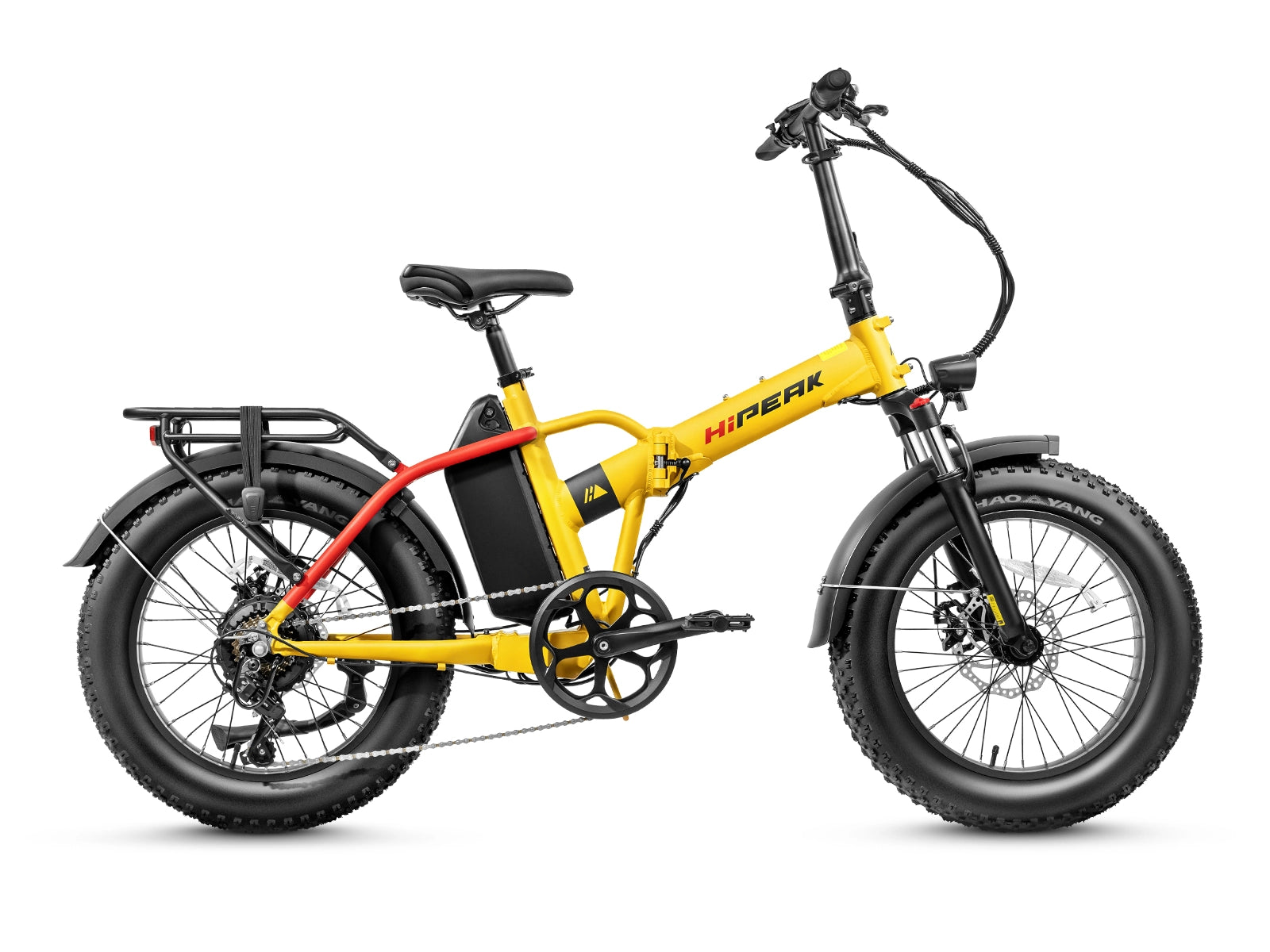
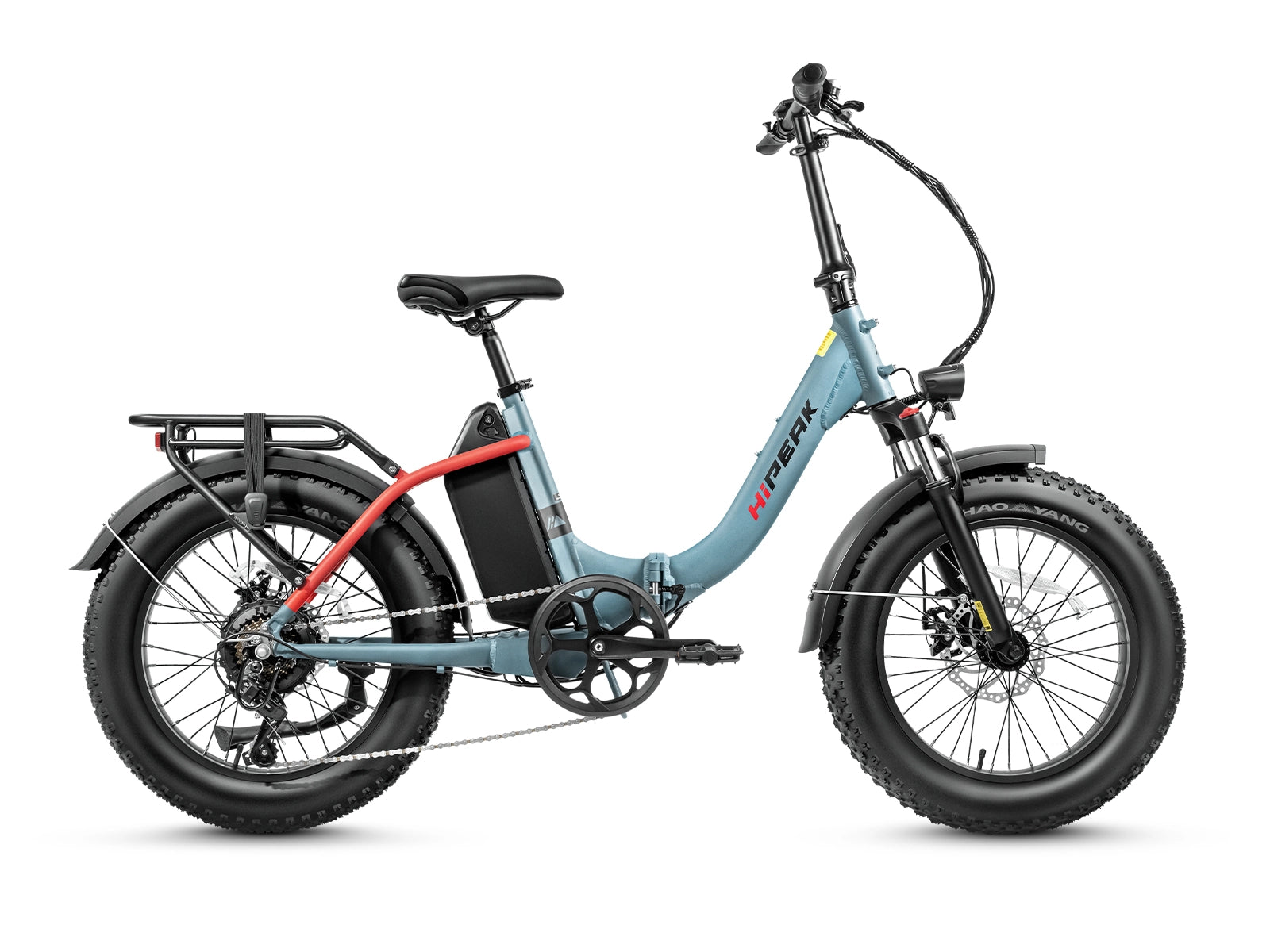
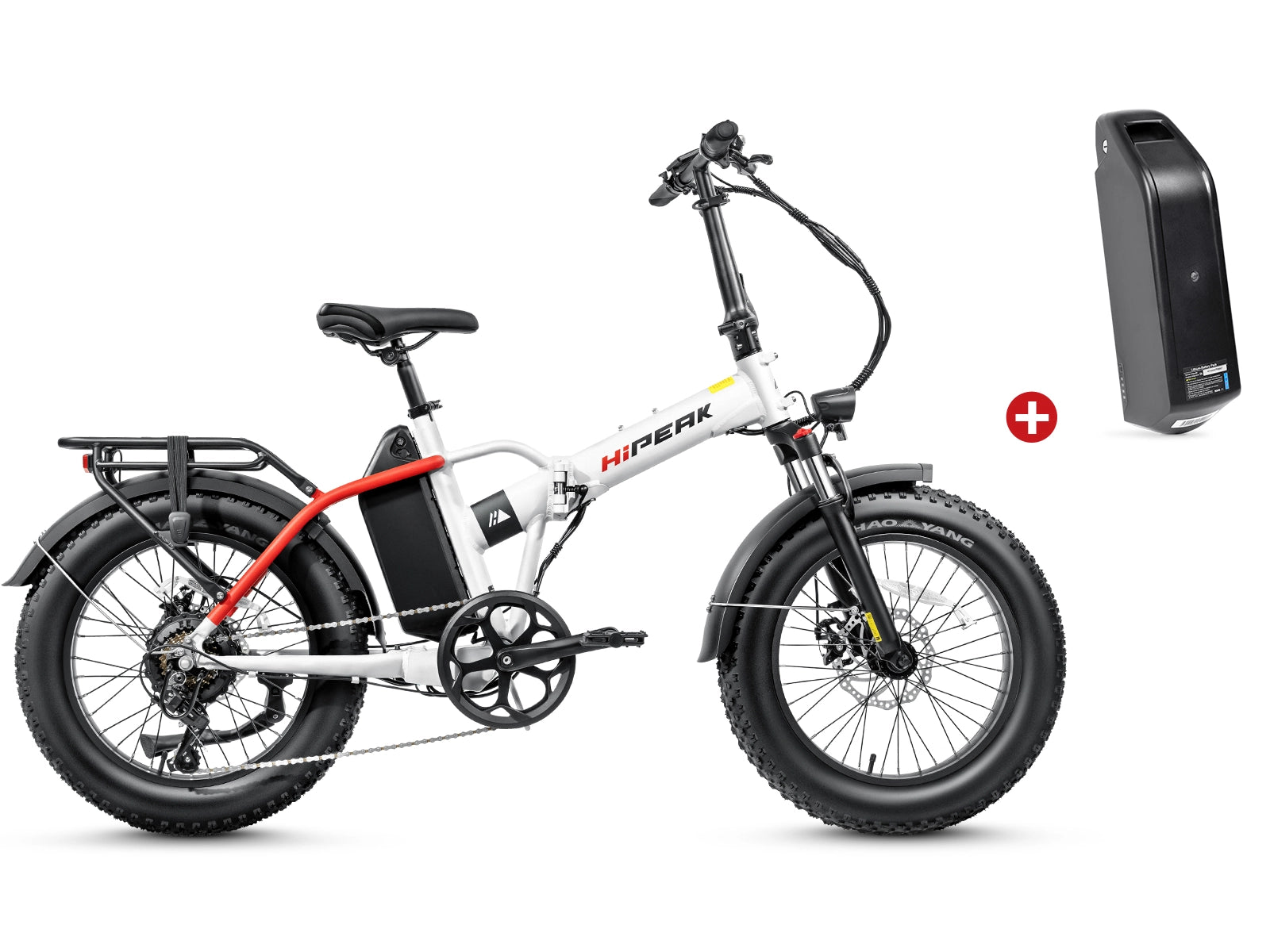
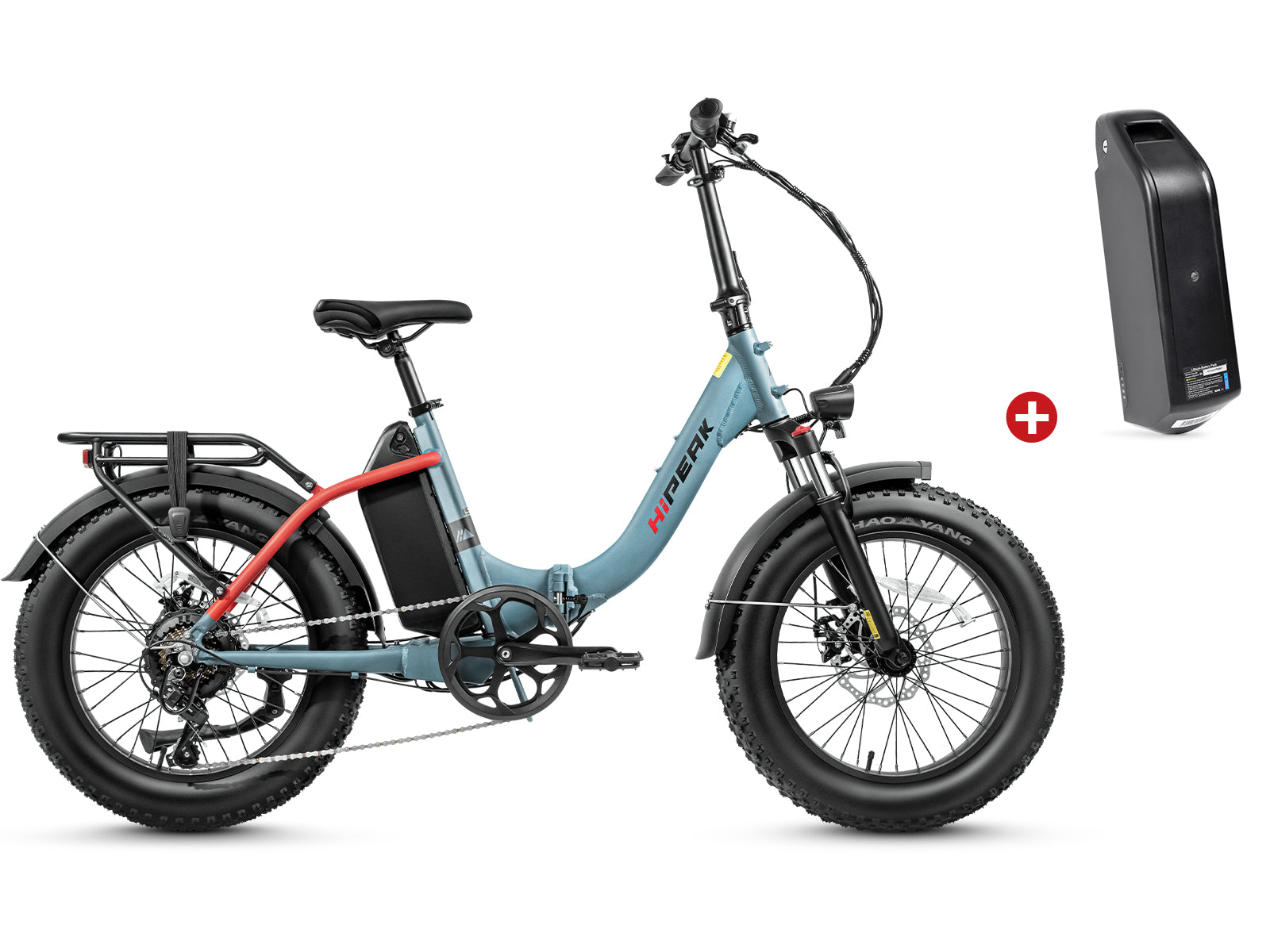
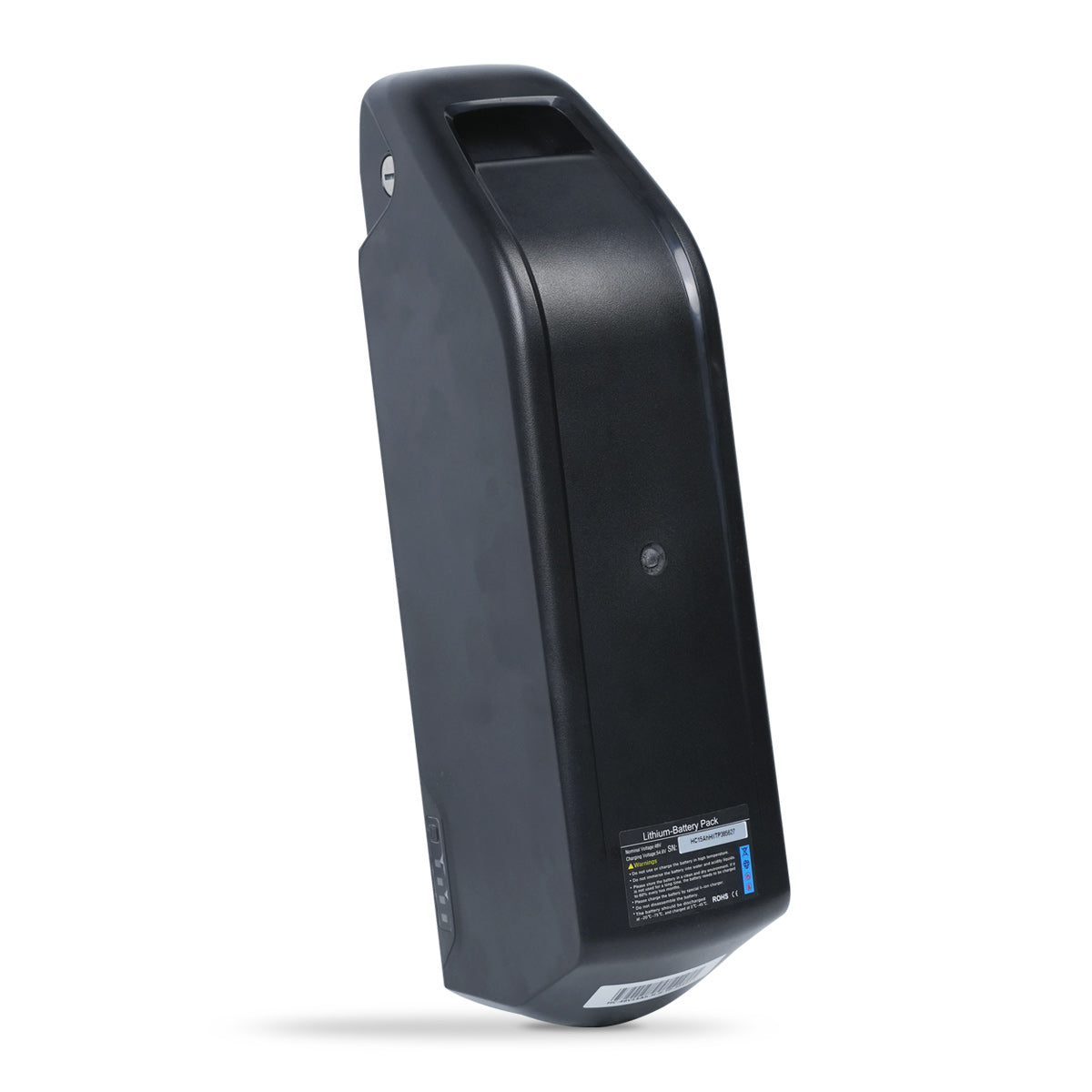
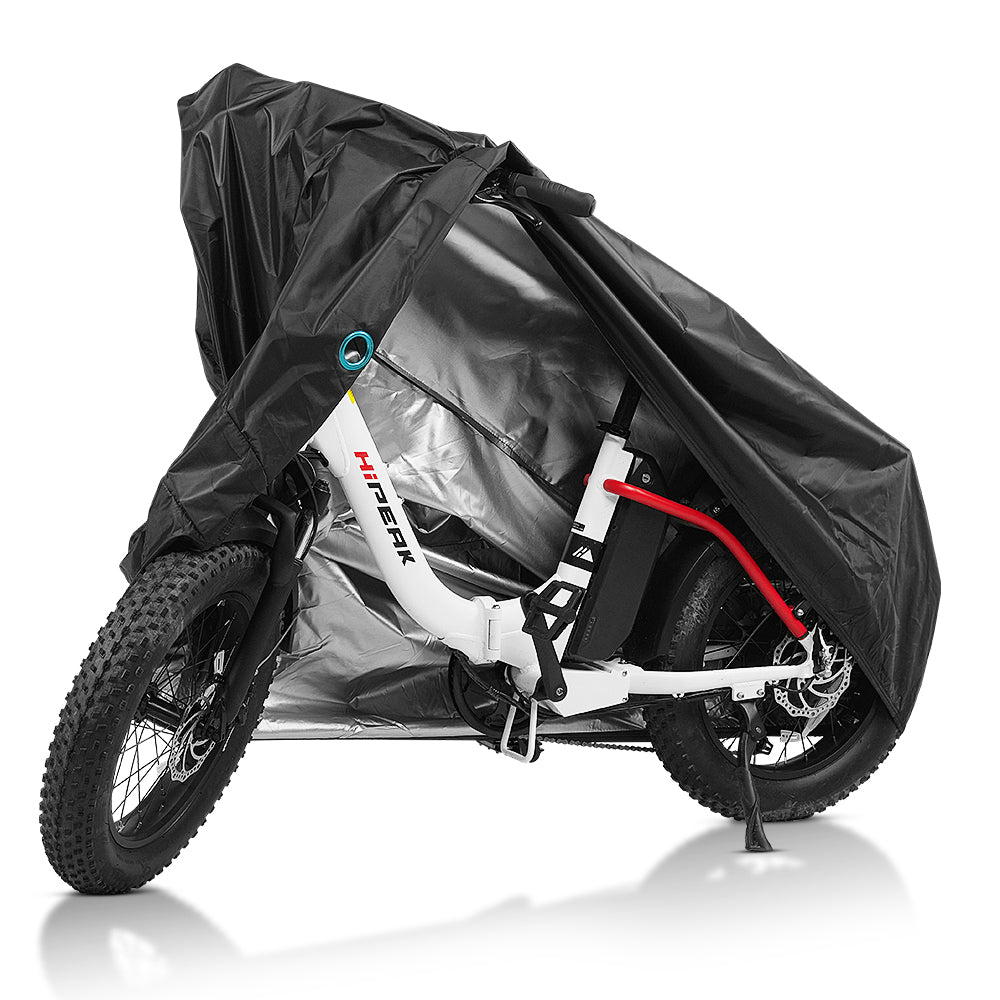

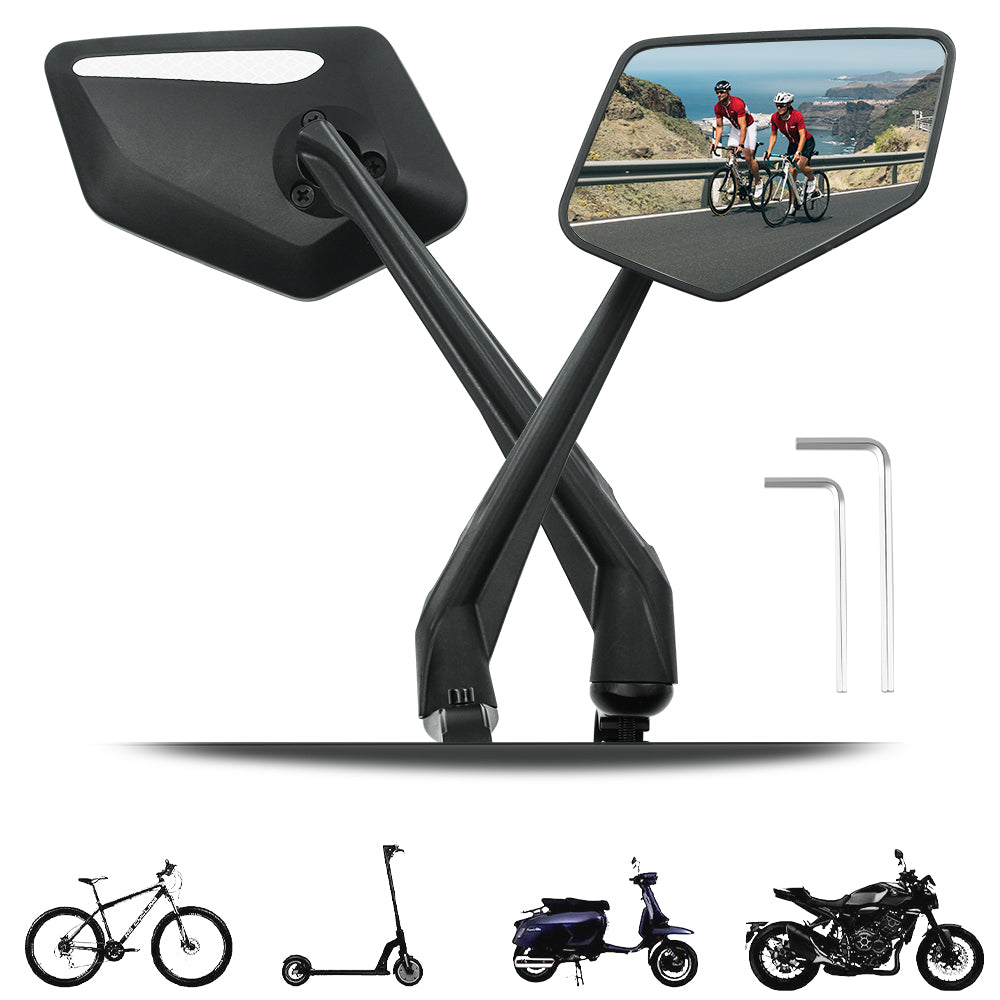
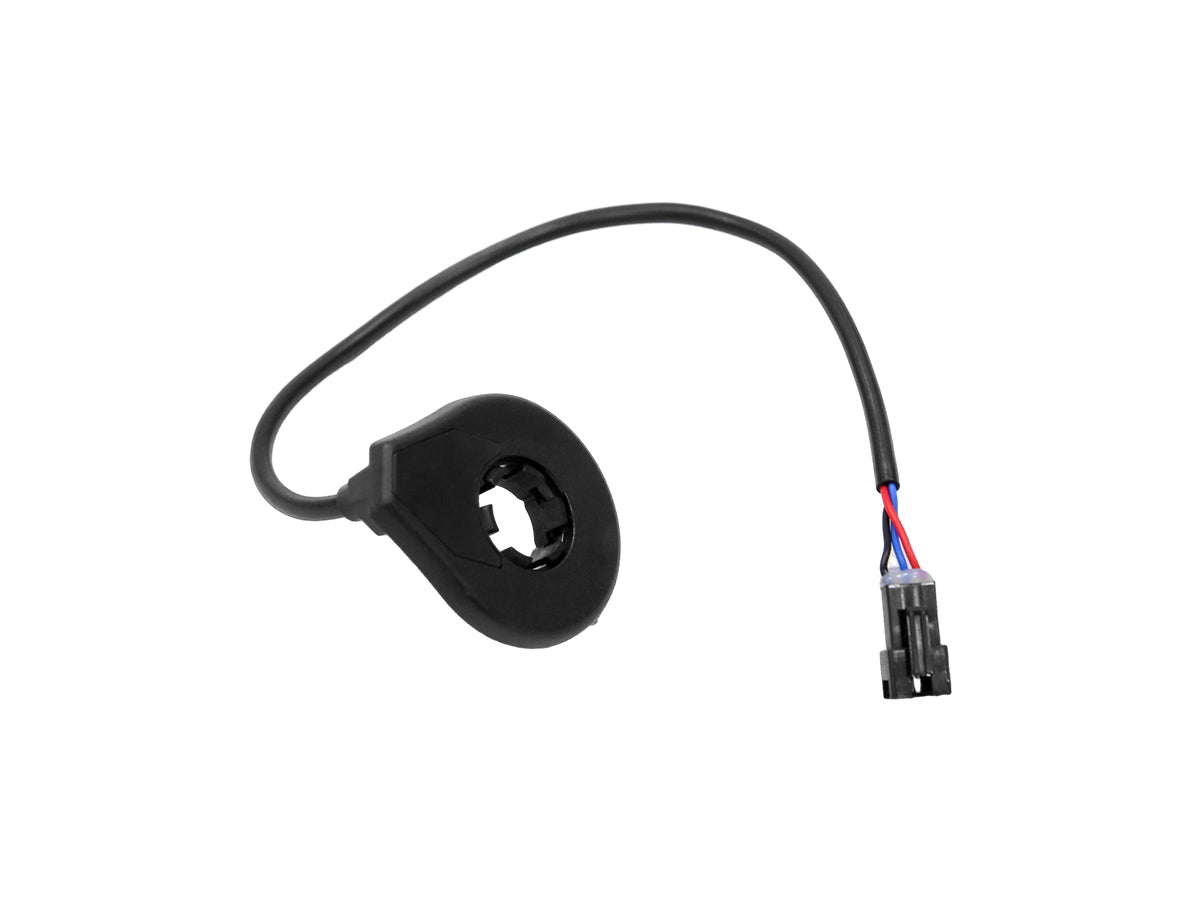

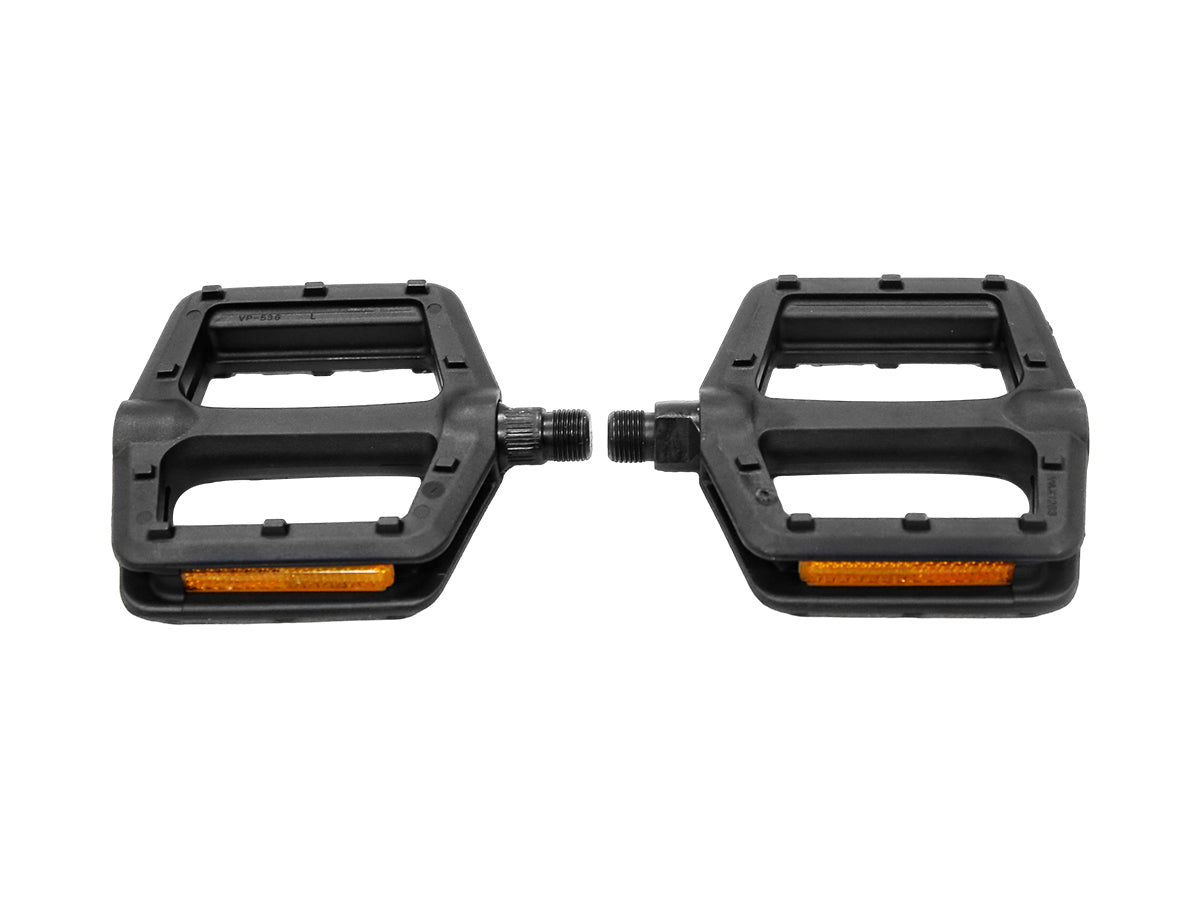
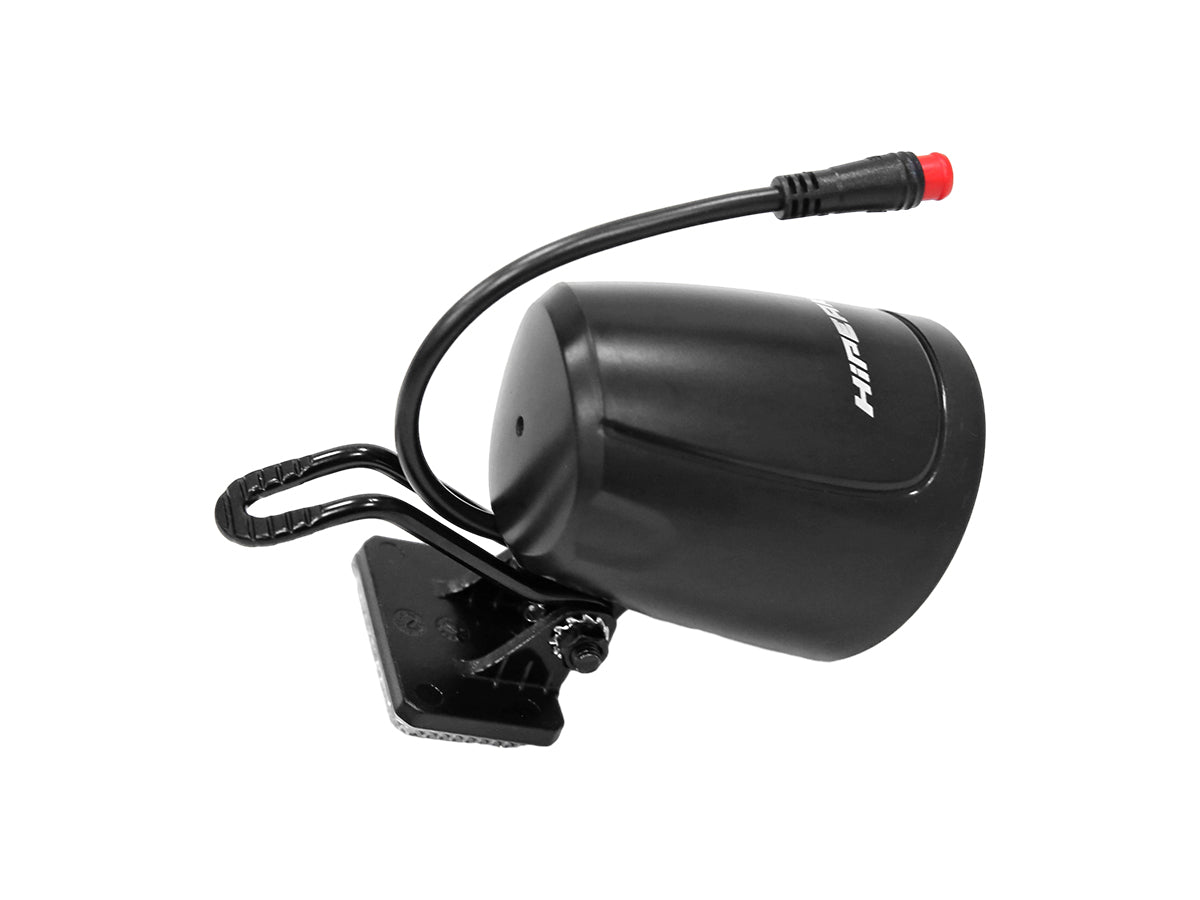








Leave a comment